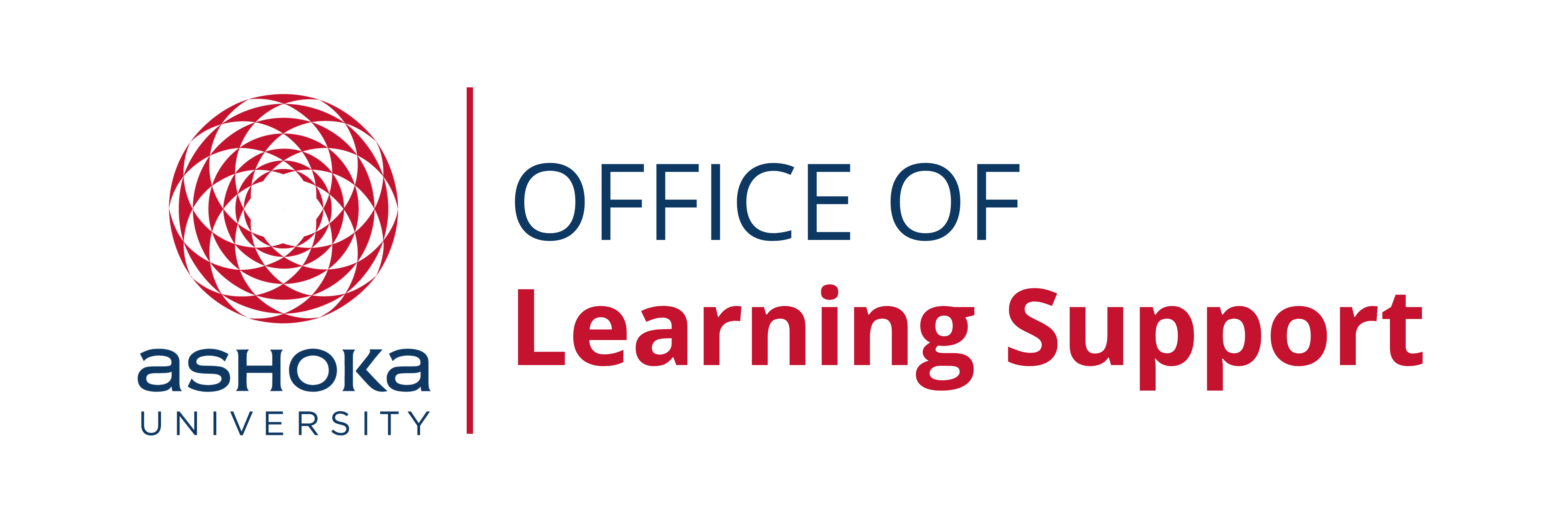About Various Disabilities
Visual Impairment
Visual impairment refers to partial or complete loss of sight, which can affect how a student reads, navigates, and engages with learning materials. Support can include the use of screen readers, Braille, magnifiers, tactile tools, and ensuring all materials are digitally and physically accessible.
Cerebral Palsy
Cerebral palsy is a neurological condition that affects movement, posture, and sometimes speech, often due to early brain injury. Students can be supported through physical accessibility (ramps, seating), assistive devices, flexible classroom participation methods, and tailored physical support.
Hearing Impairment
Hearing impairment ranges from partial hearing loss to complete deafness, which may affect communication and classroom participation. Support includes providing sign language interpreters, real-time captions, hearing aids, and visual or written learning materials.
Dyslexia
Dyslexia is a learning difference that makes reading, spelling, and decoding words challenging despite normal intelligence. Students benefit from text-to-speech tools, structured reading programs, visual aids, and extra time during exams.
Dyscalculia
Dyscalculia affects a student’s ability to understand numbers, mathematical concepts, and calculations. Support may include visual aids, step-by-step problem-solving, use of calculators, and practical examples to strengthen number sense.
Dysgraphia
Dysgraphia is a learning difficulty that impacts handwriting, spelling, and organizing written work. Students can be supported by using speech-to-text software, typing instead of handwriting, graphic organizers, and reduced writing load in assessments.
ADHD (Attention-Deficit/Hyperactivity Disorder)
ADHD affects attention, focus, and impulse control, often making it harder to stay organized or manage time. Support strategies include structured routines, breaking tasks into smaller steps, movement breaks, and using organizational tools and reminders.
Autism (Autism Spectrum Disorder)
Autism is a developmental condition that can affect communication, social interaction, and sensory processing in varying ways. Students may benefit from clear instructions, predictable routines, sensory-friendly spaces, and opportunities to practice social and communication skills.
